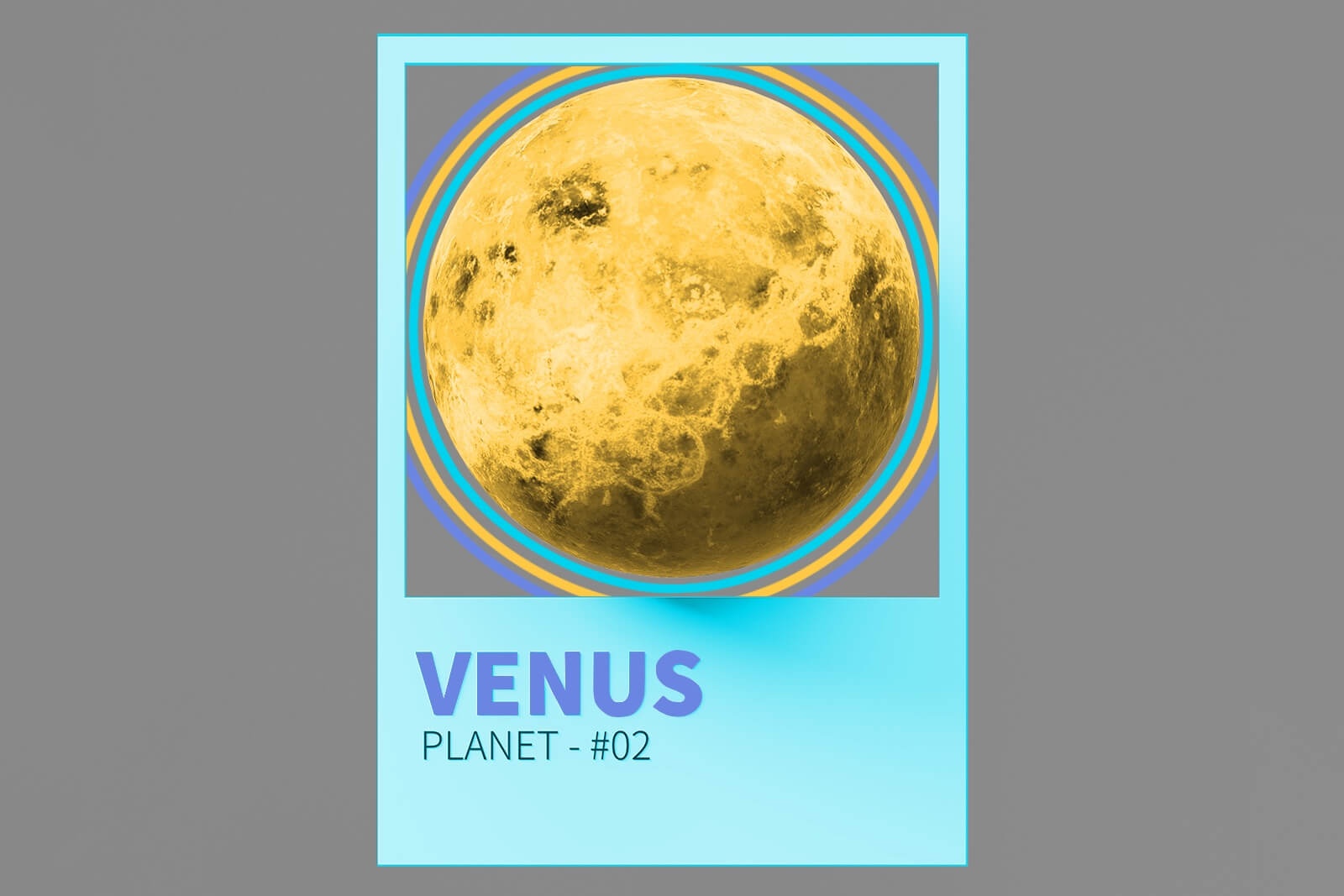
Venus spins backward.
There are entire websites devoted to whether or not Mercury is in retrograde at any given moment, and all the while Venus is spinning backward (compared to most other planets) while few of us on Earth even notice. As a result, the sun rises in the west and sets in the east on the second rock from the sun. Though no one’s entirely sure why our fiery neighbor rotates to the beat of its own drum, it’s been theorized that it originally spun in the same way as most other planets (counter-clockwise when viewed from above), but at some point flipped its own axis 180 degrees. So while its rotation appears backward from our earthbound perspective, it might be more accurate to say that Venus spins the same way it always has, just upside-down.
Some scientists think the flip might have been the result of a situation arising from the planet’s extremely dense atmosphere along with the sun's intense gravitational pull, though the scientific community has yet to reach a consensus. For all that, Venus has often been referred to as Earth’s sister planet — even more so than Mars. We’re the two closest neighbors in the solar system, have similar chemical compositions, and are roughly the same size. One crucial difference: Venus probably cannot support life.
If you can only make out one object in the night sky other than the moon, it’s almost certainly Venus. It has the highest albedo — a term used by astronomers to describe a planet’s brightness — of any planet in the solar system, reflecting approximately 70% of the sunlight that hits it and its highly reflective clouds. (Enceladus, an icy moon of Saturn, outshines it by reflecting a full 90% of sunlight, making it the most reflective body in our solar system.) Venus is also relatively nearby and can sometimes be seen during daytime with the naked eye. Because it’s easiest to see just before sunrise and just after sunset, Venus has been nicknamed both the morning star and evening star (ancient people actually thought it was two separate planets).

